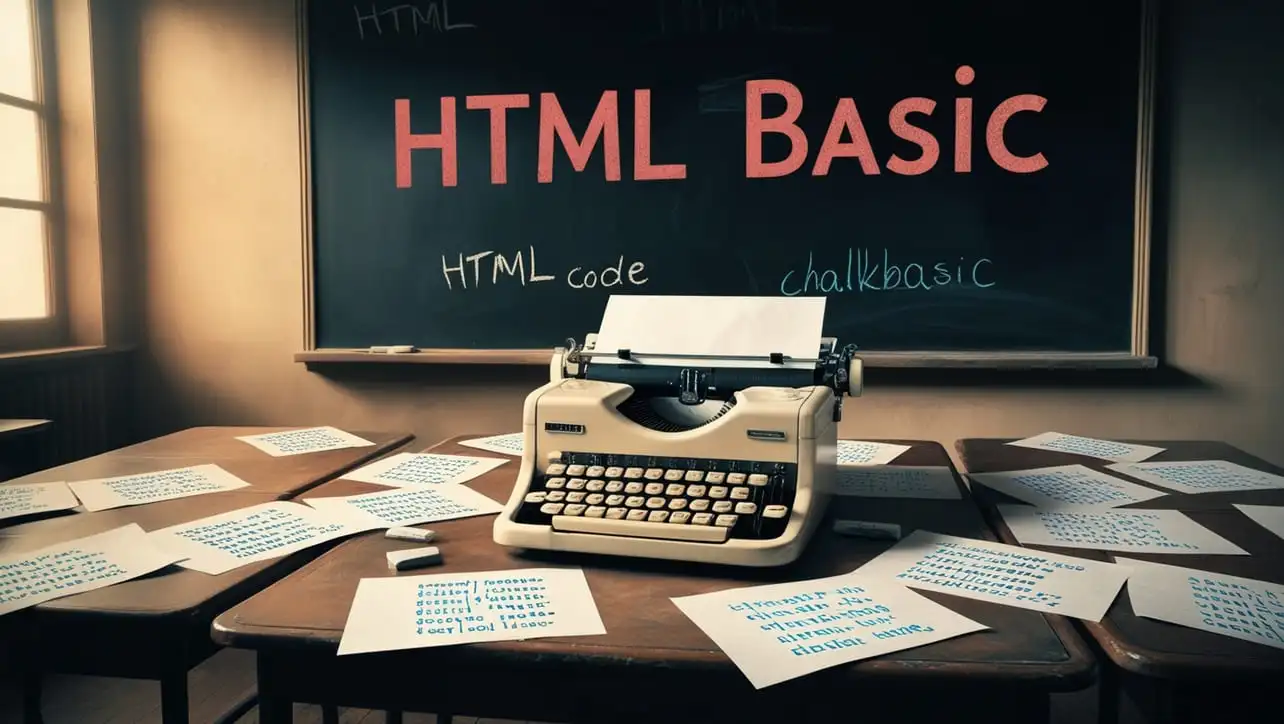
HTML Topics
- HTML Intro
- HTML Basic
- HTML Editors
- HTML CSS
- HTML Tags
- HTML Deprecated Tags
- HTML Events
- HTML Event Attributes
- HTML Global Attributes
- HTML Attributes
- abbr
- accept
- accept-charset
- accesskey
- action
- align
- alt
- archive
- as
- async
- autocapitalize
- autocomplete
- autofocus
- autoplay
- axis
- bgcolor
- border
- cellpadding
- cellspacing
- char
- charoff
- charset
- checked
- cite
- class
- classid
- codebase
- codetype
- color
- cols
- colspan
- compact
- content
- contenteditable
- controls
- coords
- crossorigin
- data
- data-*
- datetime
- declare
- default
- defer
- dir
- dirname
- disabled
- download
- draggable
- enctype
- enterkeyhint
- for
- form
- formaction
- formenctype
- formmethod
- formnovalidate
- formtarget
- frame
- frameborder
- frameset
- headers
- height
- hidden
- high
- href
- hreflang
- hspace
- http-equiv
- id
- inert
- inputmode
- ismap
- kind
- label
- lang
- list
- loop
- low
- max
- maxlength
- media
- method
- min
- multiple
- muted
- name
- novalidate
- onabort
- onafterprint
- onbeforeprint
- onbeforeunload
- onblur
- oncanplay
- oncanplaythrough
- onchange
- onclick
- oncontextmenu
- oncopy
- oncuechange
- oncut
- ondblclick
- ondrag
- ondragend
- ondragenter
- ondragleave
- ondragover
- ondragstart
- ondrop
- ondurationchange
- onemptied
- onended
- onerror
- onfocus
- onhashchange
- oninput
- oninvalid
- onkeydown
- onkeypress
- onkeyup
- onload
- onloadeddata
- onloadedmetadata
- onloadstart
- onmousedown
- onmousemove
- onmouseout
- onmouseover
- onmouseup
- onmousewheel
- onoffline
- ononline
- onpagehide
- onpageshow
- onpaste
- onpause
- onplay
- onplaying
- onpopstate
- onprogress
- onratechange
- onreset
- onresize
- onscroll
- onsearch
- onseeked
- onseeking
- onselect
- onstalled
- onstorage
- onsubmit
- onsuspend
- ontimeupdate
- ontoggle
- onunload
- onvolumechange
- onwaiting
- onwheel
- open
- optimum
- pattern
- placeholder
- popover
- popovertarget
- popovertargetaction
- poster
- preload
- readonly
- rel
- required
- reversed
- rows
- rowspan
- sandbox
- scope
- selected
- shape
- size
- sizes
- span
- spellcheck
- src
- srcdoc
- srclang
- srcset
- start
- step
- style
- tabindex
- target
- title
- translate
- type
- usemap
- value
- width
- wrap
- HTML Comments
- HTML Entity
- HTML Head
- HTML Form
- HTML IndexedDB
- HTML Drag & Drop
- HTML Geolocation
- HTML Canvas
- HTML Status Code
- HTML Language Code
- HTML Country Code
- HTML Charset
- MIME Types
HTML placeholder Attribute

Photo Credit to CodeToFun
🙋 Introduction
The placeholder attribute in HTML is a powerful tool for providing hints or example values within input fields.
It allows developers to display text in a form field before the user enters their own data.
This can be particularly helpful for indicating the expected format or content of the input.
🎯 Purpose of placeholder
The primary purpose of the placeholder attribute is to improve the user experience by providing a visual cue about the expected input for a particular form field.
It helps users understand the context and purpose of the input field, leading to more accurate and efficient data entry.
💎 Values
The placeholder attribute accepts a string as its value, representing the text that will be displayed in the input field.
This text usually provides a brief hint or example to guide the user. For example:
<input type="text" placeholder="Enter your username">🧠 How it Works
In this example, the placeholder text is Enter your username, giving users a clear indication of the expected input.
📄 Example
Let's explore a simple implementation of the placeholder attribute in an HTML form:
<form>
<label for="username">Username:</label>
<input type="text" id="username" name="username" placeholder="Enter your username">
<label for="password">Password:</label>
<input type="password" id="password" name="password" placeholder="Enter your password">
<input type="submit" value="Submit">
</form>🧠 How it Works
In this form, the placeholder attribute is used to provide helpful hints in the username and password input fields.
🔄 Dynamic Values with JavaScript
The placeholder attribute can be dynamically set or changed using JavaScript. This is useful when you want to customize the placeholder text based on certain conditions or user interactions. Here's a basic example:
<script>
// Dynamically set placeholder for an input field
document.getElementById("dynamicField").placeholder = "New placeholder text";
</script>🧠 How it Works
In this script, the placeholder text for an input field with the id dynamicField is dynamically set to New placeholder text.
🏆 Best Practices
- Use the
placeholderattribute to provide meaningful hints or examples that guide users in completing the form. - Avoid using placeholder text as a substitute for proper form labels. Always include explicit labels for your form fields.
- Test your forms across different devices and browsers to ensure consistent and effective display of placeholder text.
🎉 Conclusion
The placeholder attribute is a valuable feature in HTML for enhancing user experience in form fields.
By providing clear hints and examples, you can improve the usability of your forms and assist users in entering accurate data.
👨💻 Join our Community:
Author

For over eight years, I worked as a full-stack web developer. Now, I have chosen my profession as a full-time blogger at codetofun.com.
Buy me a coffee to make codetofun.com free for everyone.
Buy me a Coffee












If you have any doubts regarding this article (HTML placeholder Attribute), please comment here. I will help you immediately.